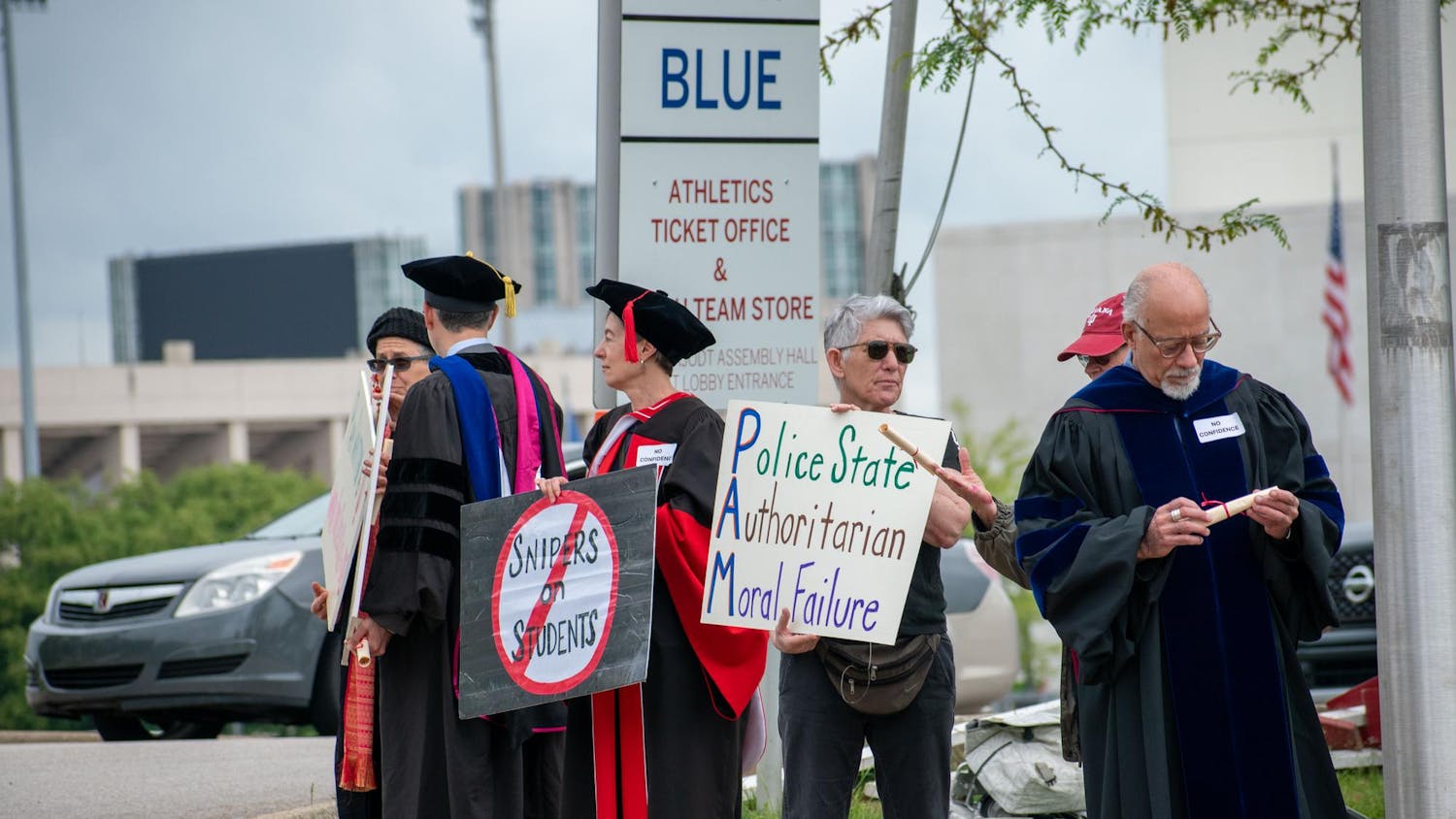Record-high donations of deer meat were collected through the Sportsman’s Benevolence Fund in 2013, even though hunters harvested fewer deer than in 2012.
There was a 7.8 percent decrease in the number of deer harvested in 2013 than in 2012, according to a press release.
A reported 125,635 deer were harvested in 2013, 10,600 fewer deer than the previous year.
“The deer in Indiana live in a great environment and have the capacity to grow in numbers very quickly,” said Chad Stewart, Department of Natural Resources Division of Fish and Wildlife deer management biologist. “Though the deer herd may be down in some areas, there are still plenty available and around the state.”
Stewart said the reason for the drop is a combination of different things, but is connected with an attempt to decrease the herd and disease outbreaks.
An effort to reduce the deer population in certain areas of the state is one reason, Stewart said.
“Another is that we have had some recent outbreaks of Hemorrhagic Disease, which can reduce the deer herd in many areas,” Stewart said. “What’s likely occurring is that the deer herd is down in several areas, particularly the northern part of the state, and it is likely due to one or a combination of both factors.”
Stewart said although the deer harvest number was down, it was not low.
“We still had a top-10 harvest all time, and it’s down primarily because we are coming off of a record,” he said. “There are still a lot of deer harvested, which leads to a lot of opportunity to donate deer. This is a good thing, in my opinion, as hunters have a long history of sharing their harvest with others in their community.”
The Sportsman’s Benevolence Fund, created by senators Michael Crider and Brent Steele in 2008, collected and distributed 66,715 pounds of deer meat, according to a press release.
“The SBP is a program that has money set aside so that nonprofit organizations can utilize that money to pay for the cost of processing a deer, whose meat is donated to various hunger shelters,” Stewart said.
Crider said the program did not receive state funding until he was elected.
Before his election, he worked with the DNR to set up the program.
“We got approved $150,000 a year to pay for the processing fees,” Crider said.
Stewart said having the fund pay for the processing cost will increase the donation potential of hunters. Many hunters are not able to covering the processing, causing donations of meat to the shelters, he said.
“The program provides a lot of high-quality meat,” Crider said.
The food banks use a quarter pound of a protein for every person each meal, Crider said.
The 66,715 pounds of deer meat donated equates to about 266,860 donated meals, Crider said.
“That’s a pretty good start,” Crider said. “The goal is to get up to 500,000 meals donated per year.”
The program was created to encourage hunters to donate their harvested deer to food banks, he said. Even with a deer harvest 7.8 percent lower, the program still received many generous donations.
“It’s one of those things that depends on the generosity of hunters,” Crider said. “We are very appreciative of the hunters that want to participate.”
Record levels of deer meat donations collected in Indiana
Get stories like this in your inbox
Subscribe





